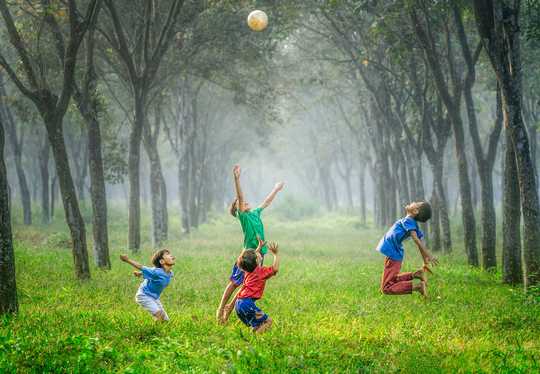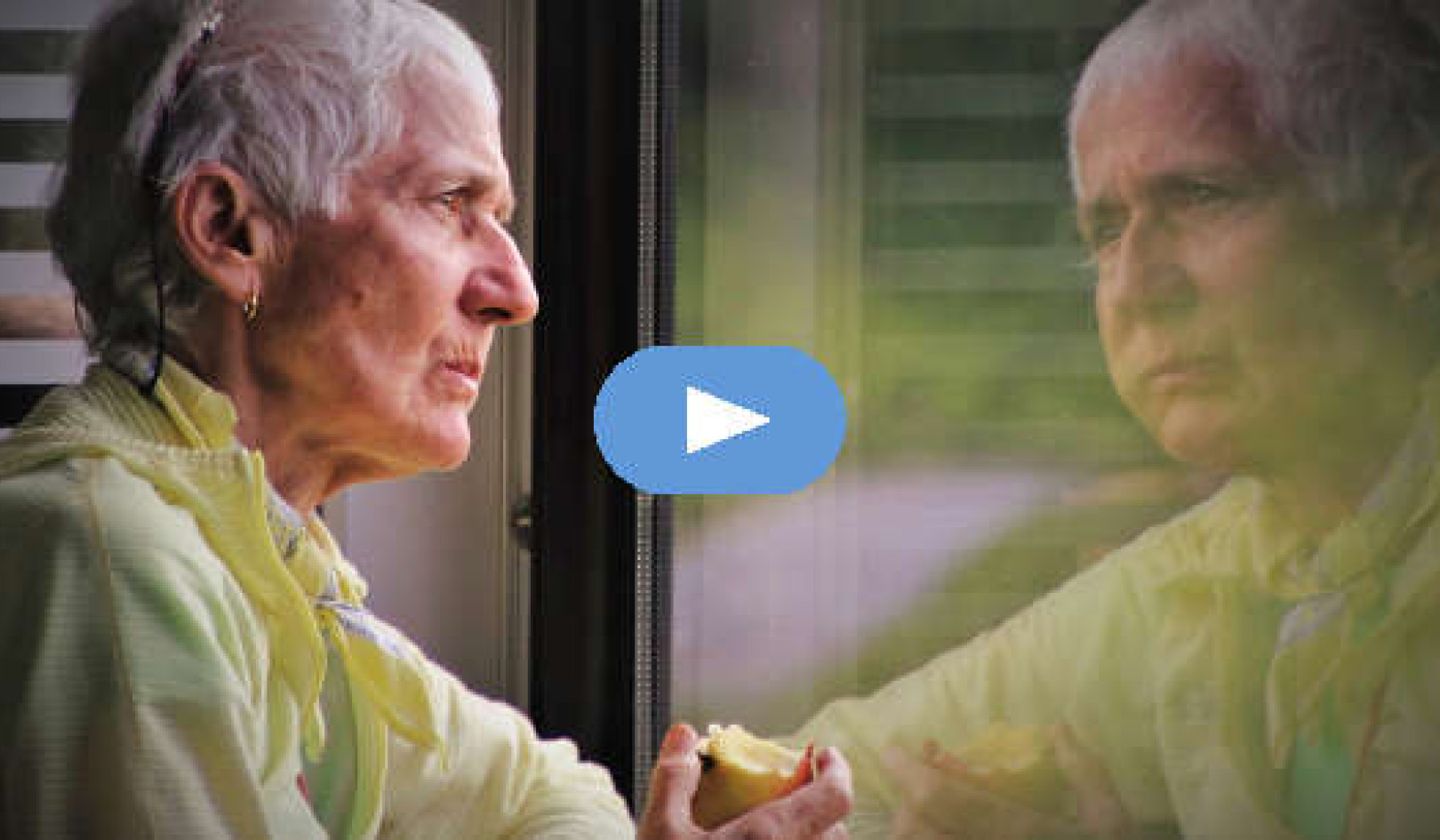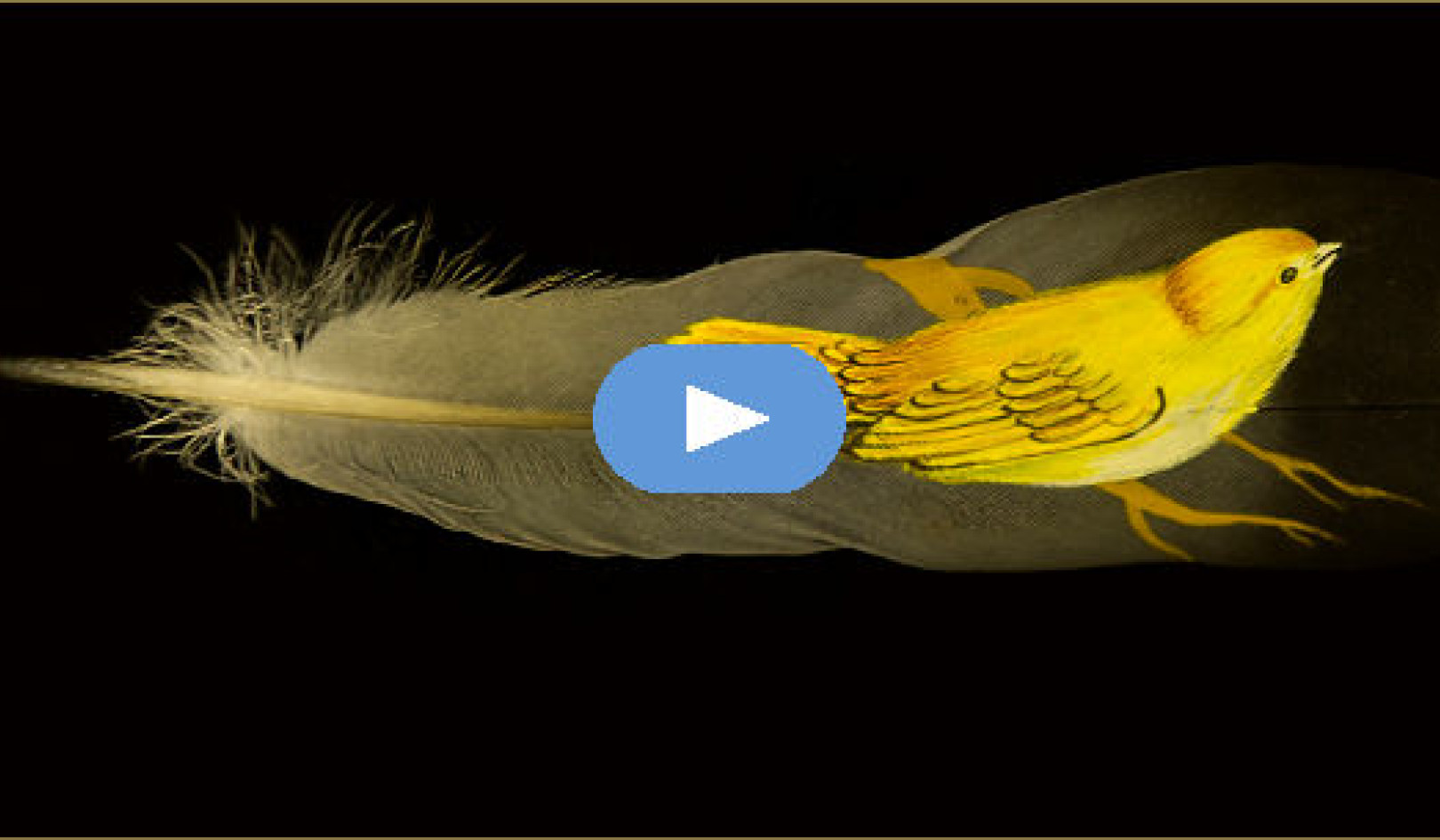
Certain traits of little kids’ play could signal future aggressive and antisocial behavior, researchers report.
The early appearance of callous-unemotional (CU) behaviors, such as guiltlessness and a lack of empathy, predicts the risk for a child to develop persistent antisocial behavior and aggression later in life, the researchers say.
But how do you spot early CU behaviors in toddlers? In the new study, the researchers explored the early development of CU behaviors, watching hundreds of young children play games in a social context. They found that fearlessness and low interest in social connection can be warning signs that CU behaviors may lie ahead.
Looking at play to spot antisocial behavior risks
Participants in the study—227 twin pairs from the Boston University Twin Project—completed two laboratory visits, at 3 years old and again at the age of 5. During each session, the researchers observed the toddlers engaging in a variety of tasks, including bead sorting and a pop-up snake game, while interacting with their parents and the research assistants.
Researchers coded and observed the extent to which the children demonstrated behavioral fear in social situations and their desire to interact with the people around them.
Children who showed less fearful behavior and low interest in social interaction in the first session were more likely to display CU behaviors (guiltlessness and a lack of empathy) during the second session, the researchers found.
While observing parent-child interactions, the researchers also found that children with the highest levels of CU behaviors also tended to experience harsher parenting—perhaps because those children don’t respond to punishment the same way children without CU traits do, the researchers say.
“You can imagine a scenario where a parent asks a kid to do something, the kid responds ‘no’ and is defiant and aggressive, the parent meets that with more aggression and defiance, and it just cycles out of control,” says Nicholas Wagner, assistant professor of psychological and brain sciences at Boston University.
Punishments tend to be less effective for fearless children, he adds: “There is no fear of punishment [and it] is less likely to change their behavior.”
Focusing more on rewarding desired behavior may be more effective for children with CU traits, Wagner says. To that end, he recommends teaching parents how to promote affiliation.
Discussing emotions with their children, encouraging eye contact, and bringing attention to the thoughts and feelings of others can help parents foster the development of valuable interpersonal skills.
“It’s definitely not a one-size-fits-all kind of thing when it comes to intervening, and that’s what this type of work is helpful for,” he says.
What parents can do
Wagner and coauthor Kimberly Saudino continued their research on the early risk factors underlying CU behaviors in a second study in the Journal of Child Psychology and Psychiatry, which examined imitation as a form of social bonding in toddlers with CU traits. A key strength of both studies, Wagner and Saudino say, is that they involved direct observation of behaviors instead of relying on parent reports and questionnaires.
“A lot of research in my area has relied on parent ratings of both child behavior and child behavior problems,” says Saudino, professor of psychological and brain sciences. “What we tried to do in both of these studies was to use a wide range of lab-based, objective measures of the behaviors we were looking at.”
To observe imitation, the researchers demonstrated a task, such as pushing a cracker through a tube while saying, “putt, putt, putt!” They then asked the toddlers to perform the same task to see whether they would only imitate the instrumental actions, like pushing the cracker, or if they would imitate the arbitrary actions—”putt, putt, putt!”—as well.
They found that the children with more CU traits imitated the instrumental actions necessary to complete the task, but tended to skip the arbitrary ones.
“One of the main reasons kids imitate arbitrary [actions] is to build social connection,” Wagner says. However, children at risk for CU traits, he says, are “seemingly less concerned with building social connection with the people around them.”
Still, if your child exhibits antisocial behaviors every now and then, don’t despair. Instead, take notice of repeated patterns and evidence of enduring character traits rather than isolated behaviors.
To reduce CU risk, parents can make up silly games or act goofy with their children. Reinforcing behaviors they want to see, like laughing when their children act playful, can also help promote social behaviors.
“For both of these studies, our goal is not to scare people,” Wagner says. “If in one situation a kid fails to imitate something that’s arbitrary or doesn’t seem as scared as they should be in a certain setting, that shouldn’t necessarily raise any alarms.”
The research appears in Psychological Medicine
The National Institute of Mental Health and the Eunice Kennedy Shriver National Institute of Child Health and Human Development funded the work.

Related Books:
Atomic Habits: An Easy & Proven Way to Build Good Habits & Break Bad Ones
by James Clear
Atomic Habits provides practical advice for developing good habits and breaking bad ones, based on scientific research on behavior change.
Click for more info or to order
The Four Tendencies: The Indispensable Personality Profiles That Reveal How to Make Your Life Better (and Other People's Lives Better, Too)
by Gretchen Rubin
The Four Tendencies identifies four personality types and explains how understanding your own tendencies can help you improve your relationships, work habits, and overall happiness.
Click for more info or to order
Think Again: The Power of Knowing What You Don't Know
by Adam Grant
Think Again explores how people can change their minds and attitudes, and offers strategies for improving critical thinking and decision making.
Click for more info or to order
The Body Keeps the Score: Brain, Mind, and Body in the Healing of Trauma
by Bessel van der Kolk
The Body Keeps the Score discusses the connection between trauma and physical health, and offers insights into how trauma can be treated and healed.
Click for more info or to order
The Psychology of Money: Timeless lessons on wealth, greed, and happiness
by Morgan Housel
The Psychology of Money examines the ways in which our attitudes and behaviors around money can shape our financial success and overall well-being.






















